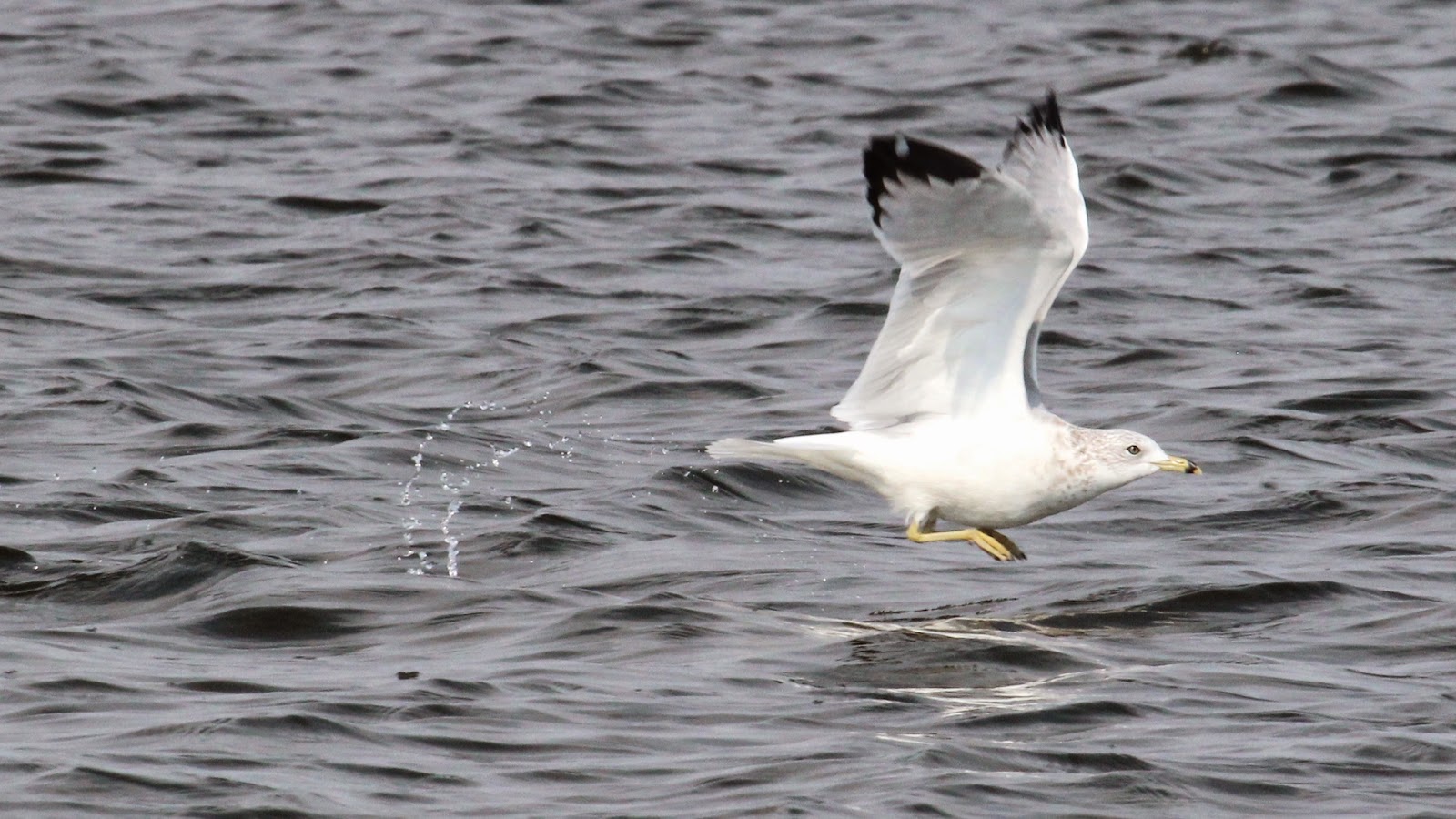When you see a northern harrier, also know as a marsh hawk, cruising over the reeds you know now something is going to be dinner. We watched it for about ten minutes as it glided and dipped and dove in search of a meal. Beautiful to watch in flight but it didn't very close. Circus cyaneus Northern Harriers are slender, medium-sized raptors with long, fairly broad wings and a long, rounded tail. They have a flat, owl-like face and a small, sharply hooked bill. Harriers often fly with their wings held in a dihedral, or V-shape above the horizontal. Northern Harrier fossils dating from 11,000 to 40,000 years ago have been unearthed in northern Mexico. source - Cornell Lab of Ornithology.















